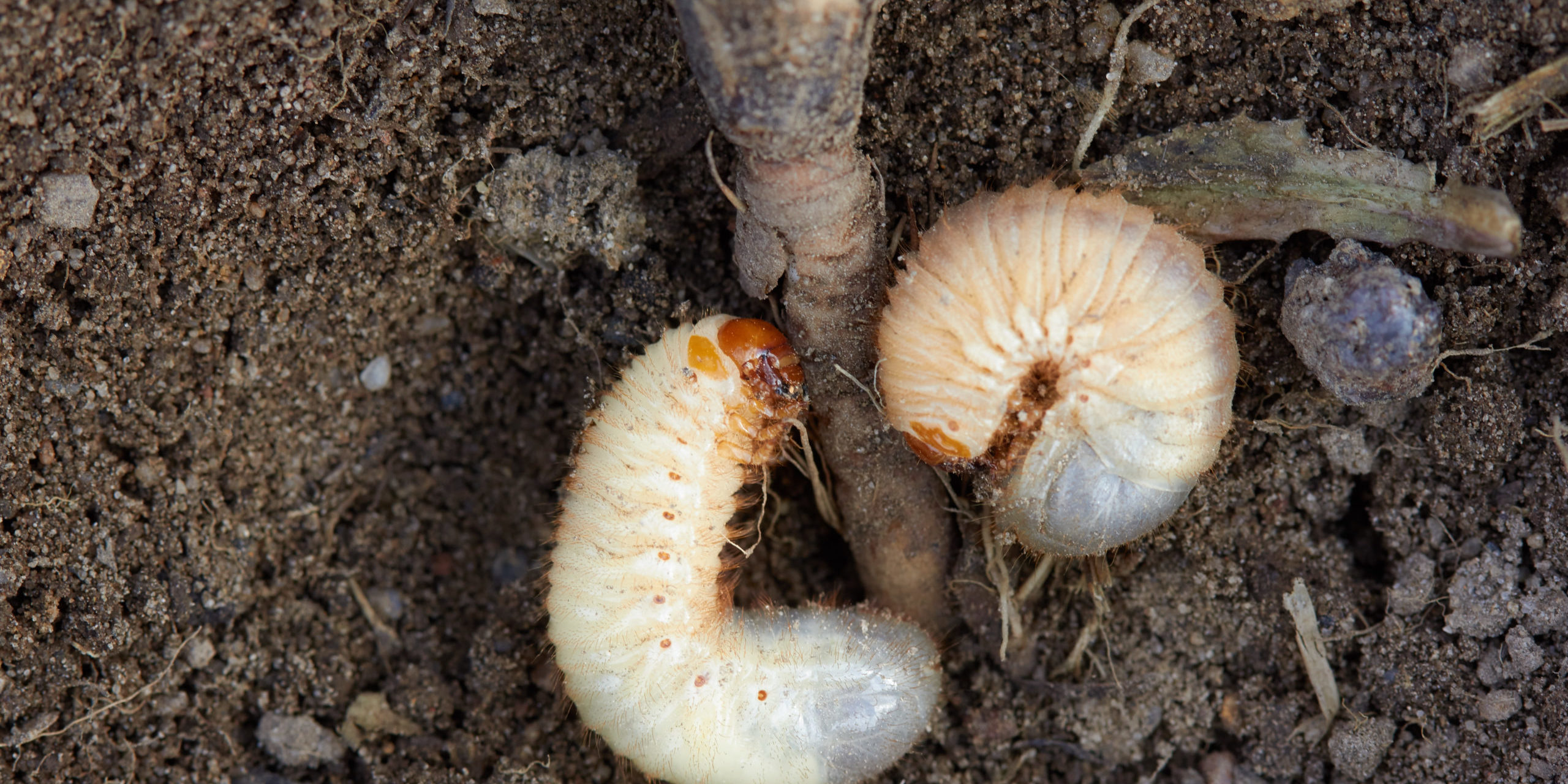White grubs are a common nuisance that many people encounter but may not be familiar with. So, what are white grubs exactly? In this blog post, we will delve into the world of these pesky creatures and shed some light on their characteristics, habits, and the problems they can cause. Whether you’re a curious gardener or simply interested in learning more about the natural world around you, this article will provide you with all the information you need to know about them. Let’s get started and uncover the secrets of these fascinating yet bothersome critters!
White Grubs in Turf
White grubs are immature scarab beetles. They hatch from eggs laid in the soil, have three larval instars, and also pupate in the soil. The third instar is often the most damaging and may be present in the soil the longest. The adults are rarely turf pests, but some may feed on tree leaves or make mounds in the soil. They may have one or more generations each year in Florida.
Signs of Infestation
White grubs, also known as lawn pests, can cause significant damage to your grass. These pesky insects feed on the roots of the grass, leading to gradual thinning, yellowing, and even death of the lawn. As a result, your once lush and green turf may feel soft and spongy. You might notice scattered brown patches of grass, which grow larger over time.
The root injury caused by white grubs also affects the grass’s ability to absorb water and nutrients, making it more vulnerable to drought stress. In fact, heavily infested grass can easily be pulled up due to the extent of the damage caused by these grubs.
Problems with White Grubs
White grubs can attract moles, raccoons, armadillos, and birds, which worsens the damage. However, these animals might also be interested in earthworms or other insects. If you see numerous dark-colored, parasitic wasps with yellowish to white stripes hovering over your lawn on sunny days in the summer or fall, it could indicate an infestation. To confirm the presence of these pests, it is recommended to sample the affected area. So, what are white grubs?
Life Cycle of White Grubs
The life cycle of white grubs consists of four main stages: egg, larva, pupa, and adult. It starts with the female beetle laying her eggs in the soil during the late spring or early summer. These eggs hatch into small, C-shaped larvae called white grubs. The grubs feed on the roots of plants, causing damage to lawns and gardens. As they grow, the grubs molt several times, shedding their outer skin to accommodate their increasing size. After reaching their full size, the grubs enter the pupal stage, forming a protective cocoon in the soil.
Finally, adult beetles emerge from the cocoons, mate, and repeat the cycle by laying eggs. Understanding the life cycle of white grubs is crucial for effective pest control and maintaining a healthy garden.
How to Identify White Grubs In Your Lawn
White grubs can be a common nuisance in lawns, but fear not! Here’s how you can identify these pesky critters. First, keep an eye out for brown patches or wilting grass, as this can be a telltale sign of white grub infestation. Next, gently lift the affected turf, and if you spot C-shaped, milky-white larvae with distinct brown heads, you’ve found the culprit! Another clue is the presence of skunks, raccoons, or birds frequently digging up your lawn in search of these tasty grubs.
Lastly, perform a tug test – if the grass can be easily pulled up like a loose carpet, white grubs may be to blame. Now that you know how to spot them, you can take appropriate steps to protect and restore your beautiful lawn!
Free Landscaping Consultation
We are proud to offer all new clients considering our services a free consultation. At Beautiful Boundaries Our Reputation is Growing!







